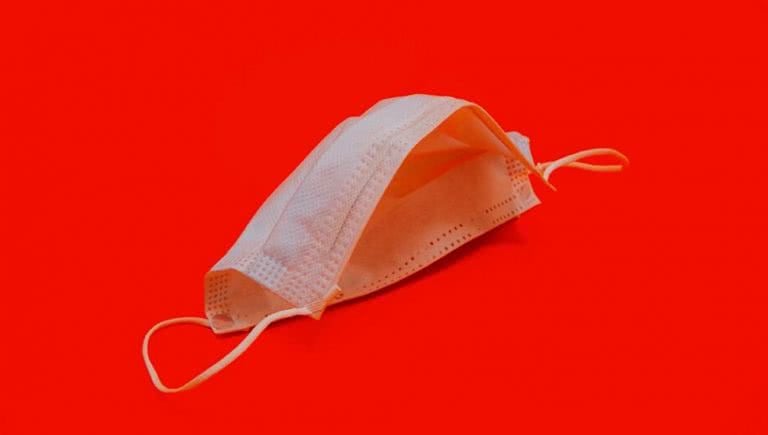As COVID-19 continues its stranglehold on our airways and compromises almost every single business sector (aside from tech giants like Zoom of course), the public remain confused by government-delivered sentiments surrounding face masks.
Should every one of us be wearing masks? Should only those with symptoms be wearing masks? Should we stop buying masks to leave enough for those working in the health sector? As outlined by The Atlantic in a recent article featuring comments by health professionals, the answers are complicated.
The information, which was detailed as part of The Atlantic‘s free coronavirus coverage, said that for health-care workers, the answer is obviously yes. The World Health Organisation has said doctors and nurses can use basic surgical masks when treating COVID-19 patients. However should switch to the more advanced N95 respirators if they’re “carrying out procedures that might create aerosols.”
This is where definitions get complicated.
Firstly, the World Health Organisation asserts that COVID-19 is “NOT airborne.” We’ve been told we don’t have to worry about catching it through vents in an office space or a bus, and that it actually spreads primarily through close-splashing droplets; for instance when a person accidentally spits as they talk, or if it’s carried to your face by unwashed, contaminated hands.
However, according to Joshua Santarpia from University of Nebraska Medical Center, traces of coronavirus (found in rooms occupied by COVID-19 patients) were found in the air, on ceiling ventilation grates, window ledges, and on the floor.
Aerosol transmission expert Don Milton told The Atlantic the “traditional distinction between big, short-range droplets and small, long-range aerosols is based on outdated science.” In reality, while the recommendations thus far are based on the assumption the virus isn’t airborne, it is more likely that a person standing next to someone with COVID-19 could be splashed by droplets and inhale aerosols.
Infection control specialist Saskia Popescu said: “It’s more akin to medically invasive procedures like intubation, which run the risk of aerosolising the virus, and are unique to the health-care setting.”
So who needs to wear a mask?
In Austria, masks are compulsory for anyone entering a supermarket. In the Czech Republic and Slovakia, civilians must wear a mask if they’re leaving their house. Here in Australia, if you are well, the Department of Health notes you do not need to wear a face mask. Singapore however, reserved them for health-care workers only.
In the U.S., it’s recommended people wear masks or even cloth or fabric over their face if they’re in public. If you are currently wearing a cloth mask, it’s advised that you wash it after use and keep to the social distancing recommendations. Why? One particular experiment found that a surgical mask filtered 89 percent of viral particles, a tea towel blocked 72 percent, and a cotton T-shirt blocked just 50 percent.
Interestingly though, the WHO advised that people don’t need to wear face masks unless they actually have the virus or are caring for someone who has it.
“I’ve been slightly dismissive of masks, but I was looking at them in the wrong way,” said Harvard’s Bill Hanage. “You’re not wearing them to stop yourself getting infected, but to stop someone else getting infected.”
Many studies are highly conflicting. Some found that face masks could reduce the risk of flu-like infections, and even reduce the spread of SARS. While others found masks provide no benefit, small benefits, or benefits only in conjunction with hand-washing.
Lydia Bourouiba of MIT said: “There’s no evidence whatsoever to suggest that [surgical masks] are protective against the smallest droplets.”
Linsey Marr, who studies airborne disease transmission at Virginia Tech gave possibly the most easy-to-remember and rational advice:
“When I go out now, I imagine that everyone is smoking, and I pick my path to get the least exposure to that smoke.”


































